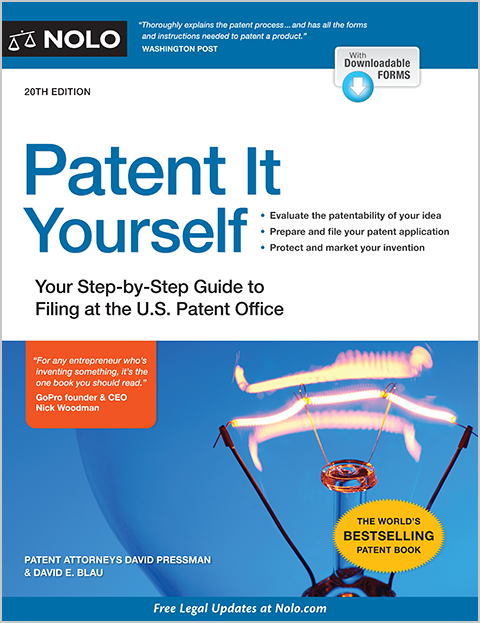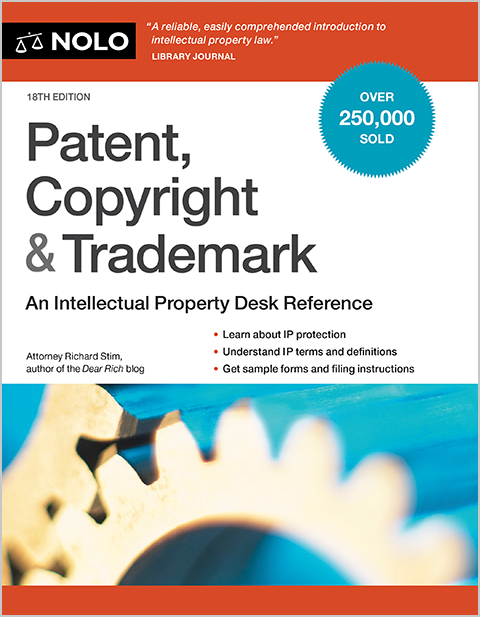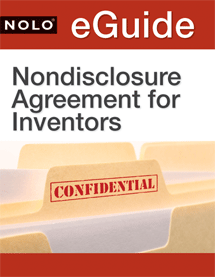Obtaining a sound mark is not quite as easy as obtaining a trademark for a word or image.
When one thinks of a trademark, words and visuals generally come to mind. The familiar fruit-shape for Apple, for example. The green mermaid for Starbucks. The four-colored flag for Microsoft. The funny word "Google" for the technology company.
All of these words and images are trademarks for particular brands. But words and images are not the only ways to obtain a trademark. You might be surprised to learn that sounds can also function as a trademark. How?
What Can Be Trademarked?
What exactly is a trademark? The Lanham Act—the legislation that controls federal trademark law—defines it as "any word, name, symbol, or device, or any combination thereof... used by a person... to identify and distinguish his or her goods, including a unique product, from those manufactured or sold by others and to indicate the source of the goods, even if that source is unknown." (See 15 U.S. Code § 1127).
In other words, a trademark can be virtually anything that can "indicate the source of the goods" in question.
Trademark law has several public policy purposes, but perhaps the most important is to avoid consumer confusion. The goal is to ensure that a consumer in the relevant market would see (or hear) the trademark and immediately know the source of the goods or services in question.
This emphasis on "secondary meaning"—that is, consumer recognition—has several benefits. First, it makes the purchasing experience more efficient, since consumers can quickly identify the goods that they recognize and seek. Second, it allows brands to reap the rewards of their own investments into product quality, since consumers will gravitate towards the products bearing the trademarks that they recognize as being from their favorite brands. And third, trademarks allow products to be quickly distinguished from otherwise close competitors.
Trademarks are not required to be registered. You can simply use your mark in commerce. However, unless you apply for, and obtain, federal registration through the United States Patent and Trademark Office (USPTO), you will not be able to secure nationwide enforcement of your mark.
How to Trademark a Sound
By the definition above, you can perhaps imagine some sounds that are heavily associated with brands. Imagine the static sound over music that plays at the beginning of an HBO program. Imagine the opening credits to every 20th Century Fox Movie. Or the well-known Tums melody. The USPTO offers examples of dozens of current sound trademarks, and allows you to listen to them on its website.
Broadly speaking, a sound trademark must meet the same requirements as any other sort of trademark. According to Section 1202.15 of the USPTO's Trademark Manual of Examining Procedure: "A sound mark identifies and distinguishes a product or service through audio rather than visual means. Sound marks function as source indicators when they assume a definitive shape or arrangement and create in the hearer's mind an association of the sound with a good or service."
The USPTO cautions that a difference exists between "unique, different, or distinctive sounds and those that resemble or imitate 'commonplace' sounds or those to which listeners have been exposed under different circumstances" and which lack distinctiveness or brand association.
For example, the sound of an alarm, a bird chirping, or a whistle are all sounds that are relatively generic and thus not readily trademarked.
As you might guess, obtaining a sound mark is not quite as easy as obtaining a word or image mark. You will need to submit an application through the USPTO's website, which will then be reviewed to determine whether the mark meets the various qualifications for distinctiveness.
You will also need to submit an audio file containing the precise sound mark that you wish to register and protect.
In many cases, copyright law is a better vehicle for protecting intellectual property than trademark. Audio, after all, can be registered with the U.S. Copyright Office, and one can sue infringers in a similar matter as trademark infringement. With copyright, you would not need to establish that your audio has secondary meaning.
Talk to a Lawyer
Need a lawyer? Start here.
How it Works
- Briefly tell us about your case
- Provide your contact information
- Choose attorneys to contact you
- Briefly tell us about your case
- Provide your contact information
- Choose attorneys to contact you



